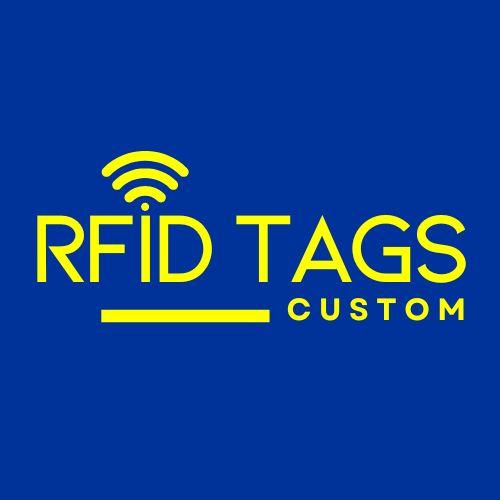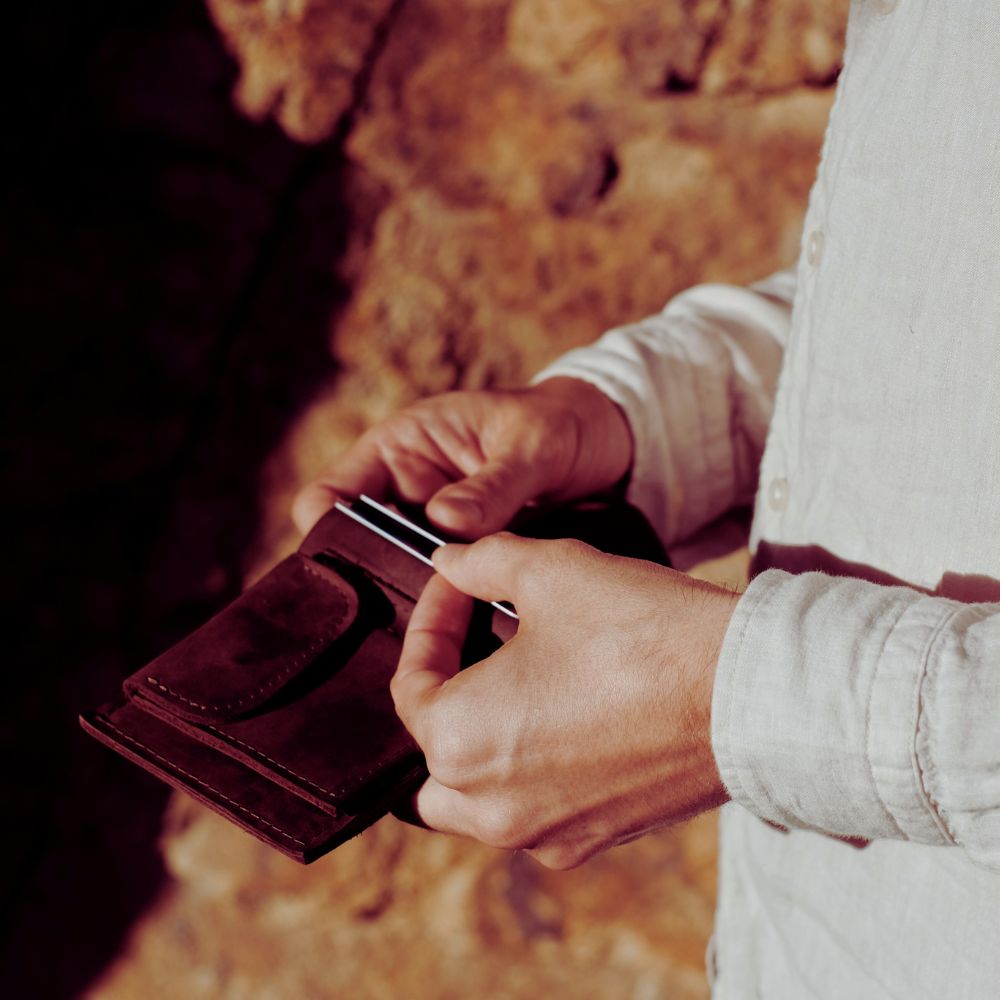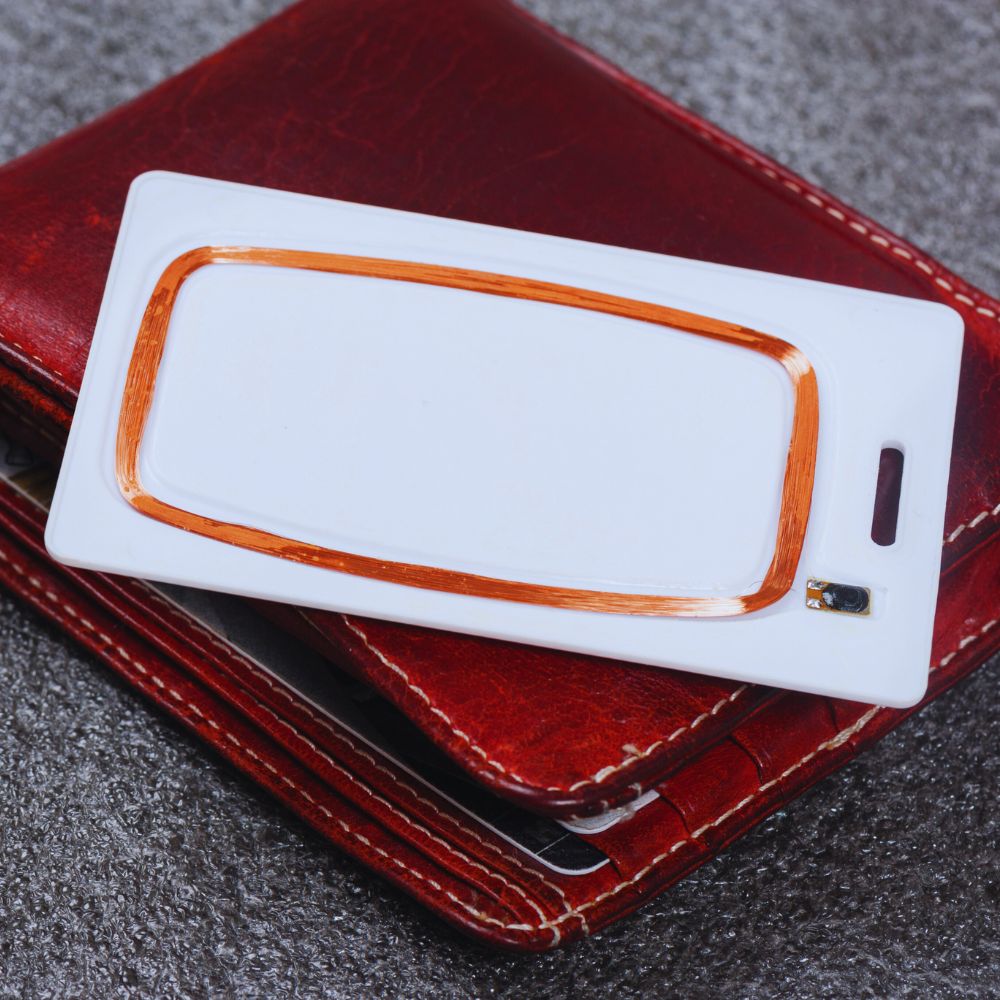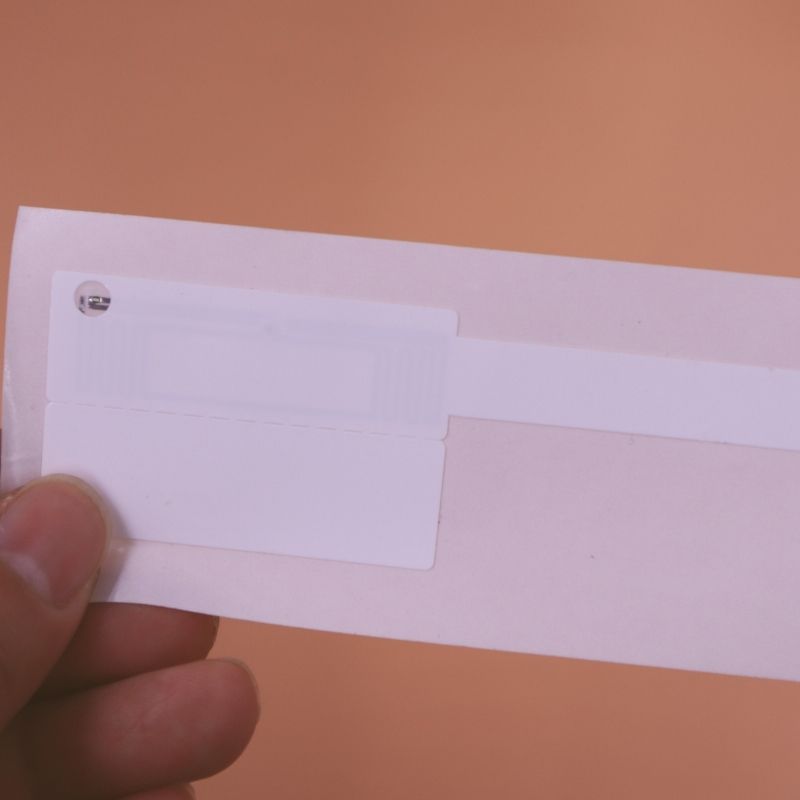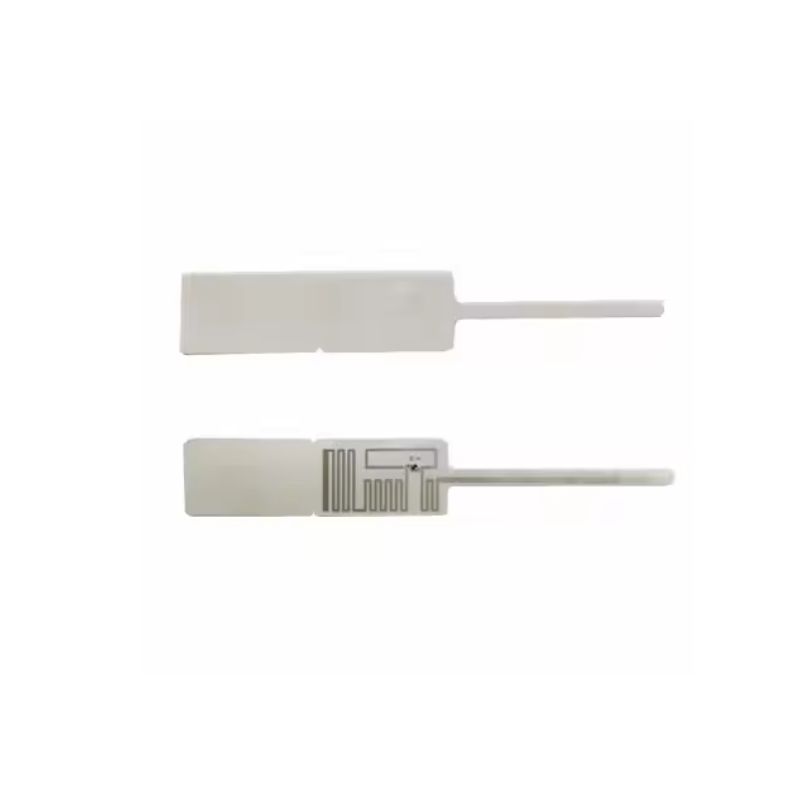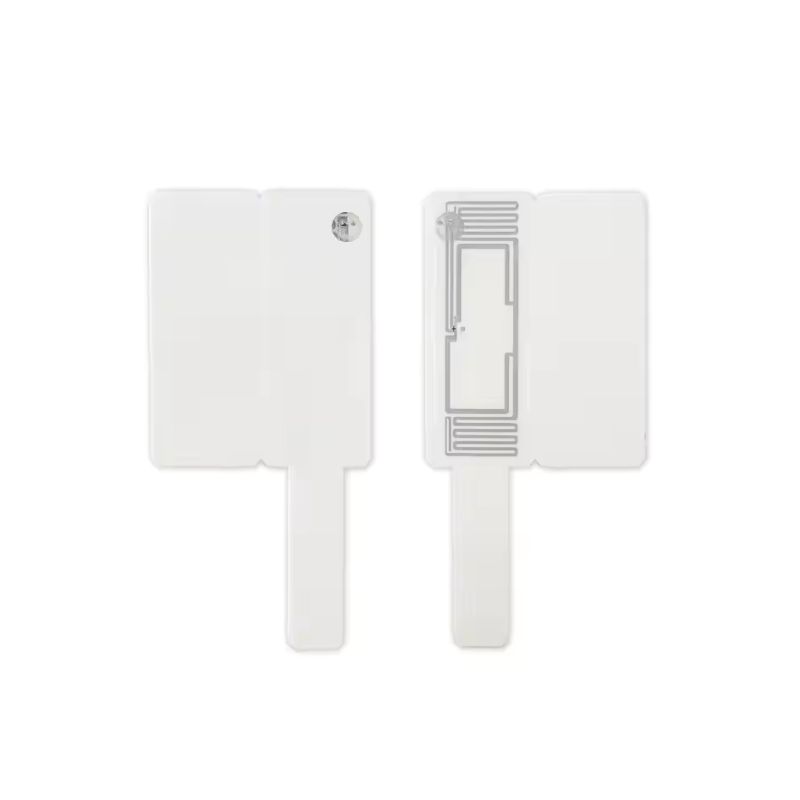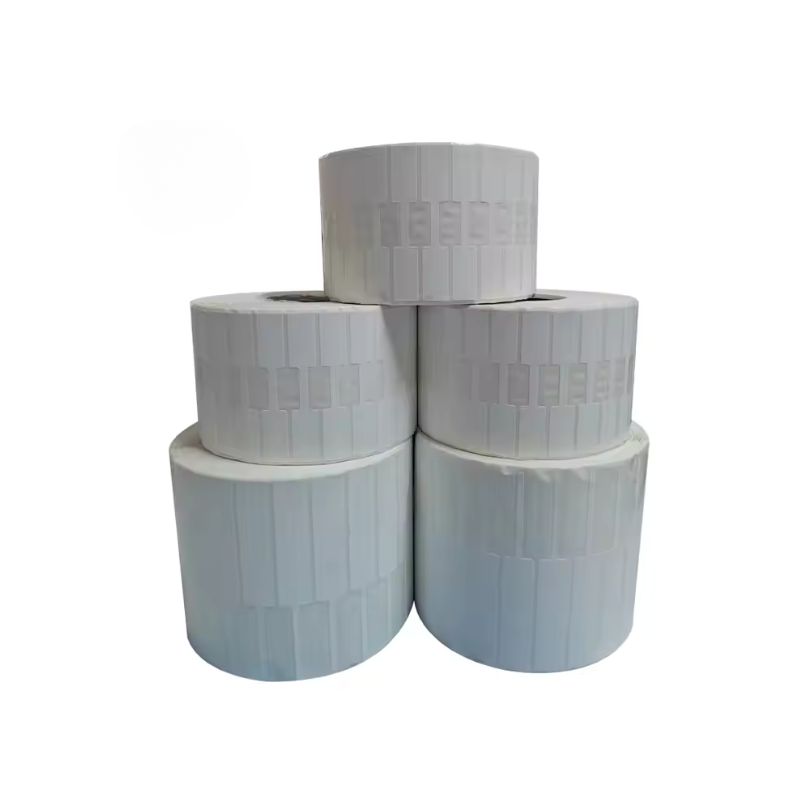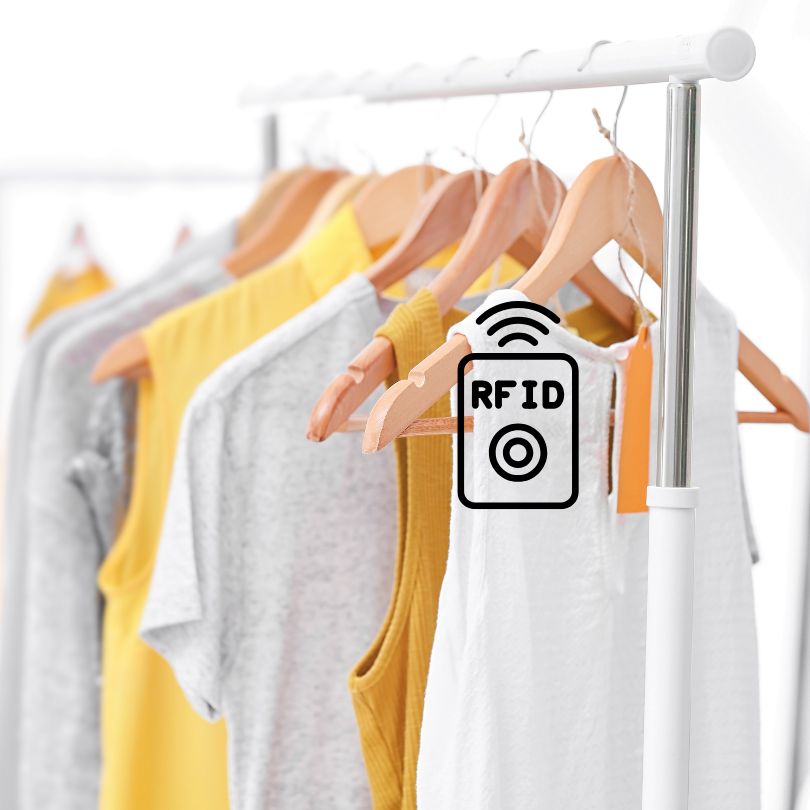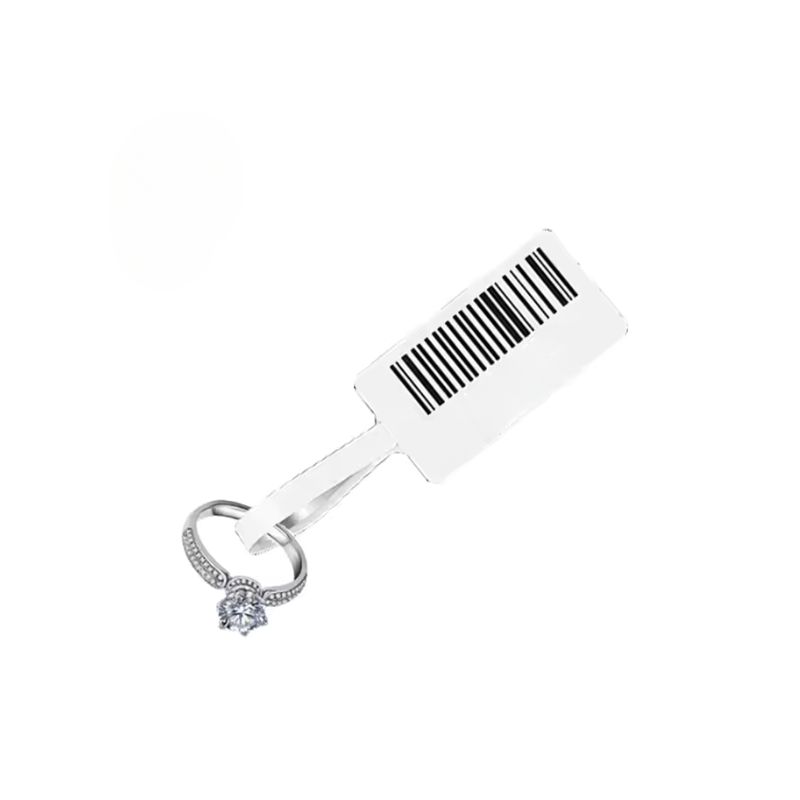
Related Blog
Great things in business are never done by one person. They’re done by a team of people. We have that dynamic group of peoples

What is UHF RFID
This article delves into the world of Ultra-High Frequency (UHF) RFID, a rapidly growing technology revolutionizing industries from retail and logistics to healthcare and asset management.
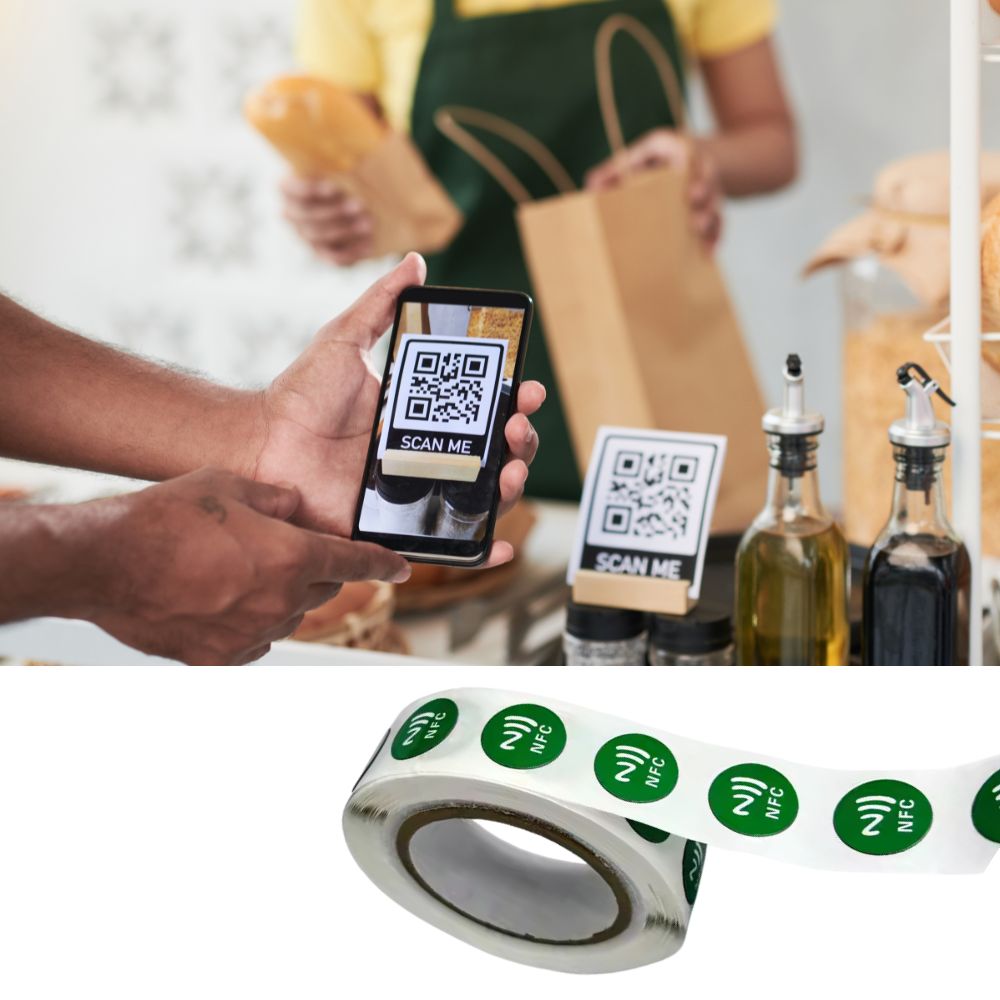
What is the Difference Between NFC Tag and QR Codes
Are you curious about what is the difference between NFC and QR codes? In today’s fast-paced digital world, QR code scanning and NFC tag tapping have become everyday norms.
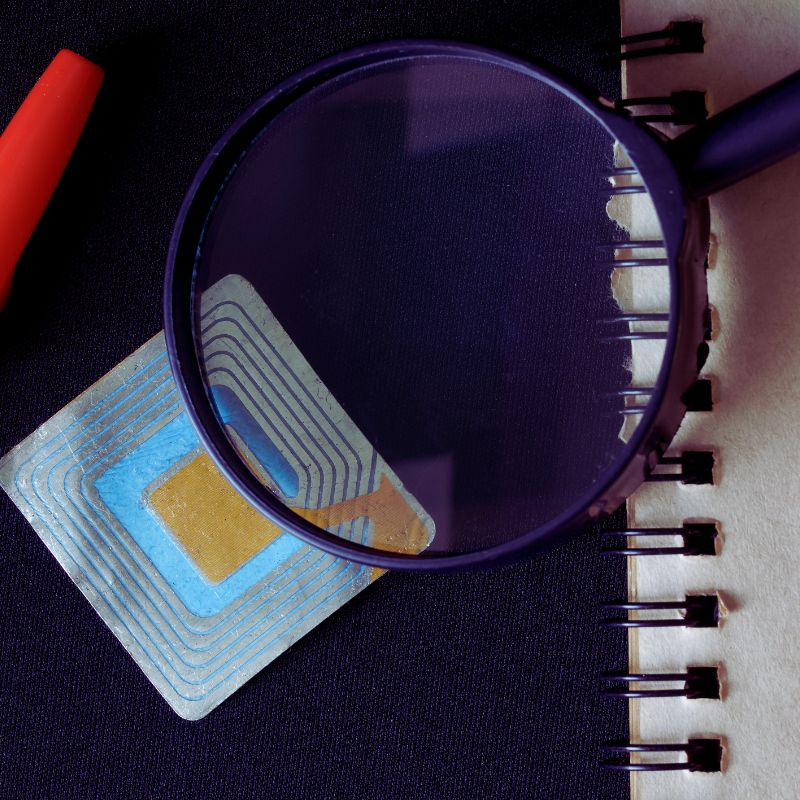
Is 13.56MHz NFC or RFID
If you’ve ever tapped a MetroCard, waved an office badge, or paid with your phone, you’ve already used 13.56 MHz technology — whether you knew it or not.
